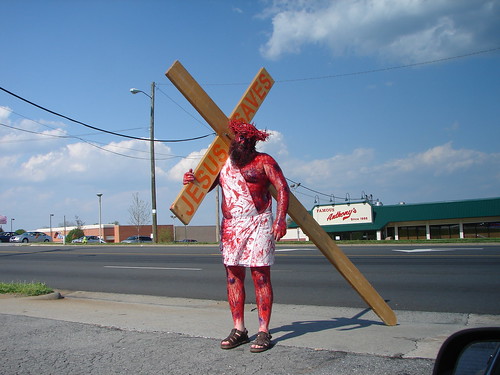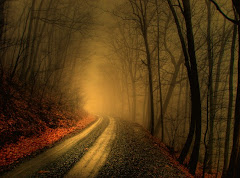
1. Photocritic: This site by Haje, is one of the most informative sites for photographers on the Net. I have purposefully linked to an article about contrast. Contrast to me is one of the most important elements in presenting a photograph. Here Haje tells you how to adjust the contrast to really give your photo some bang. I would not stop here with reading. He covers a variety of photographic subjects and I am an avid reader.
2. Srobist: There is one over riding rule about photograph and it is all about light. I try to work with the light around me from the sun, ambient light and finding the best perspective found in natural light. The strobist takes you into the world of strobe lighting. With many how to's and examples of results all photographers can learn from the Strobist's fine tutorials.
3. Photopreneur: This all around site tackles many quandaries for photographers. Most of the articles are about monetizing your photographs. I always appreciate the advice I find on this excellent site. The helpful hints I find here are priceless.
4. Digital Shot: This blog has a variety of contributors that offer all kinds of information on photography and processing. You will find lots of information about free photo editing programs for those who constantly try to reach the creative edge.
5. fotohacker: A variety of photographic advice and yes hacks. Learn what others do to help make the picture taking easier, more professional and creative. Good read for camera geeks.
6. Photoshop User TV: I like this video presentation, because it gives you time to absorb the content on some very excellent tutorials. This show does have a lot of promotional content that mostly I am not interested in, but the tutorials are top of the line.
7. Make TV: Now, most of this site is just a distraction, but interesting so. It is like visiting the 12 dimension of all things visual. If you want to know the cutting edge, walk on this thin line of perception of things to come. Or are they really here? Am I behind the curve? In the mists of all this are some ideas you can really use.
8. Earth Bound Light: I picked earth bound light for its tips of the week. Be sure to hit the previous buttons so you can find the content that interests you. I like this because I am sometimes more illiterate about camera technical knowledge than I should be. Here are easy to read articles that will help you understand some of the technical aspects of the camera, lens and filters that you use.
9. TZPlanet: This eZine has interesting content. It is more of a variety magazine and offers some relaxing reads and links to beautiful pictures by excellent photographers.
10. Beyond the Obvious: Paul presents his thoughts on life and photography. What I like about this blog is he brings home the idea of being personable about his photography. I really like his stories behind the photograph that gives insight to the viewer about the shot. A lesson can be learned for all of us photographers. It is important to connect not only visually but with words.








































